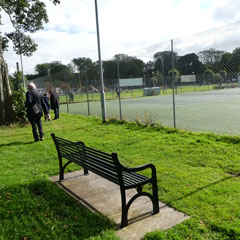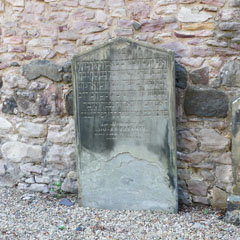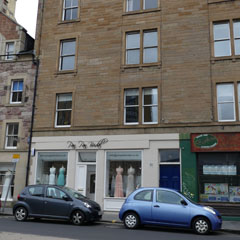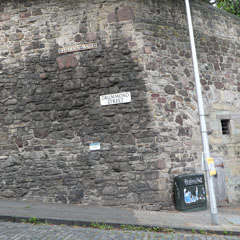North Meadow Walk, The Meadown, Edinburgh EH3 9GE
Prior to the opening of the Salisbury Road Synagogue in 1932, which brought together the Russisher/Griner and Englisher Shuls on the Southside, all who had moved south were required to re-track their route across the Meadows to reach the synagogues in the St Leonard’s area and in Graham Street. After Salisbury Road Synagogue was opened, the Meadows still had its uses as a place for the young to meet on a shabbat afternoon, and for the elders of the community to sit and kibitz. Indeed, the bench you are sitting on was the seat of the ‘Yiddish Parliament’, where immigrant gentlemen discussed religion, community politics, and generally gossiped on Saturday afternoons.
Find out more












